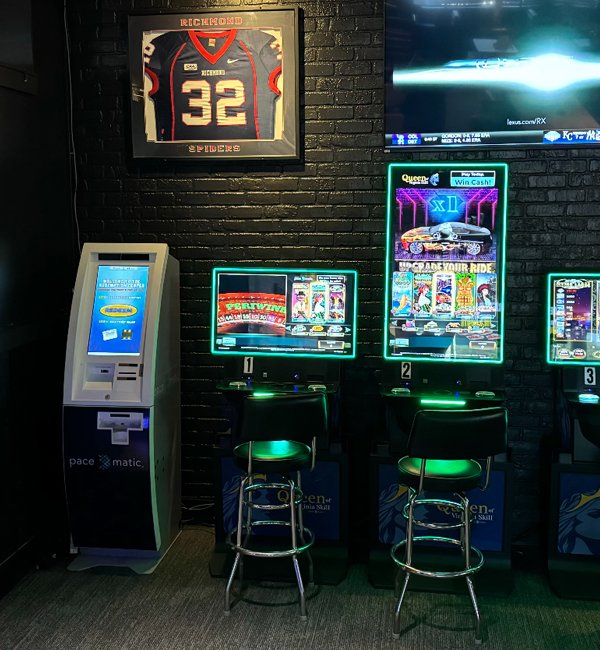Key Features of Crash Aviator
Skill-based Crash Curve
Pattern Memory and Reflex Challenges
Multiplayer Real-time Matchmaking
Leaderboards and Skill Rating
Custom Skins and Flight Trails
Daily Task and Streak Bonuses
Practice Mode with Progress Tracking
In-app Purchases
Solo Challenge Mode
1v1 Duels, Group Lobbies, and Timed Tournaments
